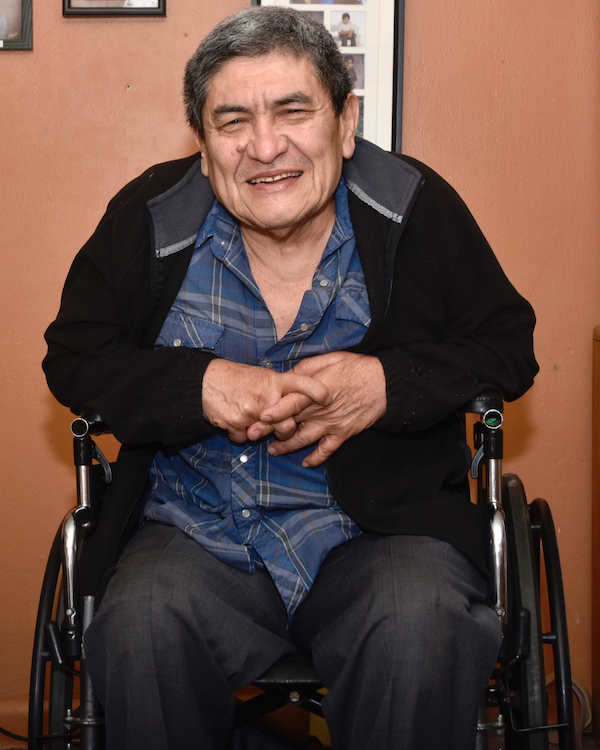Project Access of Durham County operates a collaborative donated care network to connect low-income, uninsured Durham County residents to specialty medical care provided by physicians and other healthcare practitioners, along with ancillary services and hospital care. This system, implemented in many communities around the US, is based on the original Project Access model developed in Buncombe County, NC in 1995. PADC is one of many collaborative networks in North Carolina (and across the county). Care Share Health Alliance provides training and technical assistance to networks in North Carolina.
Durham Homeless Care Transitions accepts referrals from hospitals and other facilities of homeless or housing insecure persons with medical needs following discharge. A team including a Nurse Practitioner, Case Manager, and Housing Specialist collaborate to meet the client’s needs, including short-term housing, connection to primary care and mental health services if needed, benefits, and support to obtain permanent housing.
The Health Equipment Loan Program operates two days per week to accept gently used durable medical equipment such as wheelchairs, rollators, or tub transfer benches and repair, restore, and clean the equipment to loan out for re-use to Durham residents. HELP relies on volunteers for these efforts.
PADC enrolls members based on referrals from a primary care provider at Lincoln Community Health Center. PADC members benefit from consultations and procedures by health care providers, diagnostic services, ancillary services, hospital care, pharmacy services and prescription medications, and disease management and care coordination services.

Mr. Benitez Cruz started working at age 6 and by the time he turned 60, his back hurt so much he didn’t even know how to get through the day. When he was offered surgery by a volunteer physician, he said yes even knowing it would be difficult. He thanks his doctor and tells us the program has been really good for him and to him and he would not be where he is today without it. He is now able to drive his wife to work and pick up his grandchildren.
